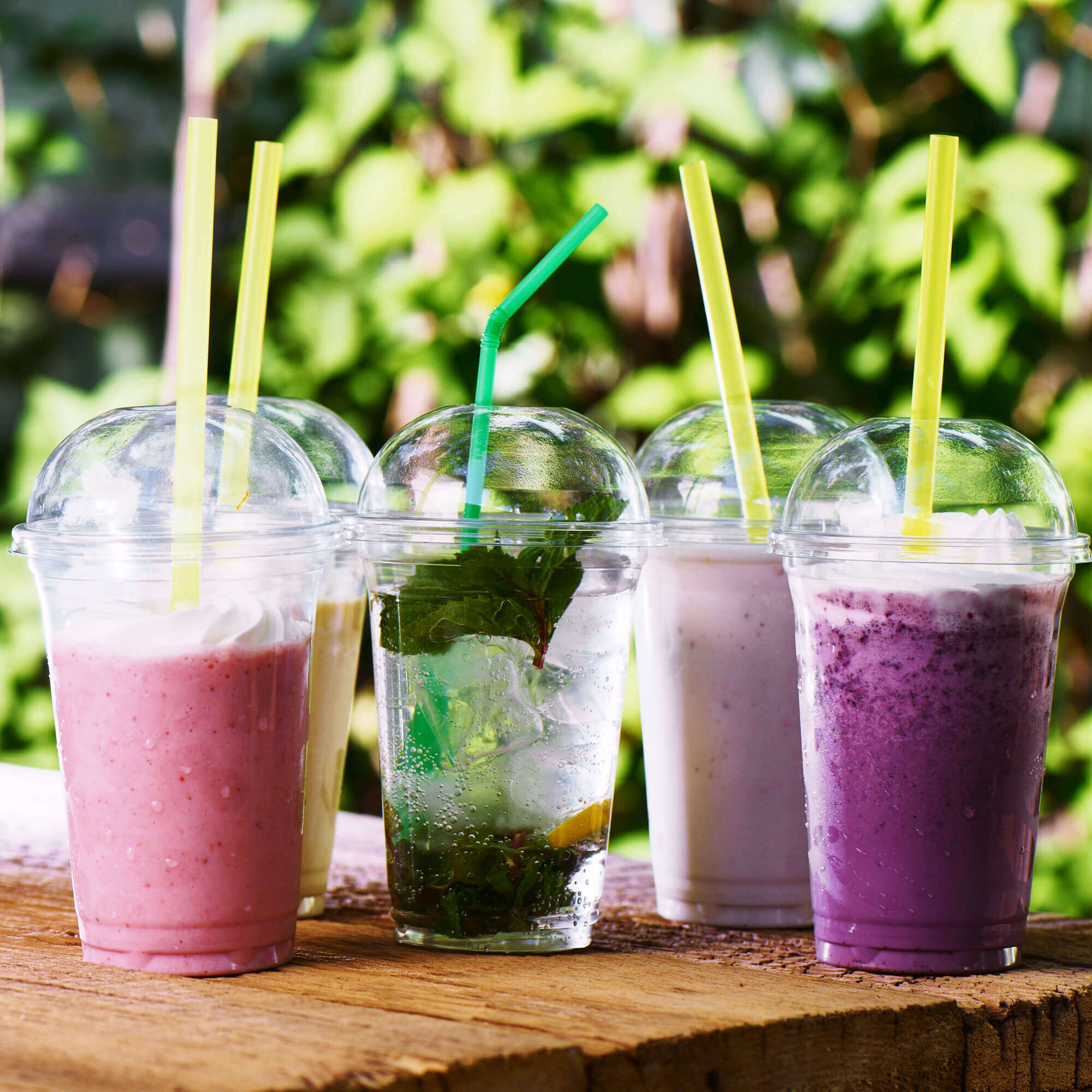
The food industry constantly changes and evolves, adapting to new trends and consumer behavior. A popular choice that emerged in recent years is using natural color in foods. Natural food colors are derived from plant sources and are free from synthetic ingredients, making them a healthier and more desirable choice for consumers. More and more companies are using natural food colors in their menus. Let’s discover why.

What Are the Benefits of Using Natural Food Colors?
Safety
Natural food colors are derived from natural sources like fruits, vegetables, and spices. They are free from synthetic chemicals and are considered safe for human consumption. Natural colors also have fewer chances of causing allergies, intolerance, and side effects.
Health Benefits
Natural food colors, such as carotenoids, anthocyanins, and flavonoids, offer numerous health benefits. For instance, carotenoids like beta-carotene and lycopene act as antioxidants and help reduce the risk of chronic diseases such as diabetes and cancer.
Environmentally Friendly
They are sustainable and environmentally friendly as they do not require any harmful chemicals or synthetic additives to be produced.
Stable
Natural food colors are stable under different processing conditions and can withstand heat, light, and acidic environments. They are suitable for various food products and retain their color and flavor for long periods.
Label-Friendly
Consumers are becoming more conscious of what they eat and are scrutinizing food labels more closely. Natural food colors are labeled as “natural” or “derived from natural sources,” which can attract consumers looking for healthier food options.
Versatile
They are used in various food products, including beverages, dairy products, confectionery, bakery, snacks, and meat products.
Cost-Effective
Natural food colors can be produced from agricultural waste or by-products, reducing the cost of production compared to synthetic colors that require complex manufacturing processes.
What Companies Use Natural Food Colors?
Many companies across various industries have started incorporating natural food colors into their menus. For example, Starbucks introduced a natural pink color to its strawberry drinks, replacing the artificial color previously used. Many candy companies have also started using natural food colors to appeal to health-conscious consumers.
What Are Some Tips for Choosing Natural Food Colors?
When choosing natural food colors, it’s important to understand labeling and claims. Not all products labeled “natural” are natural, so checking the ingredient list carefully is crucial.
Also, sourcing and processing methods can affect natural food colors’ quality and safety, so choosing products from reputable sources is important.
Choosing the right natural food color for a specific dish is also important. Some natural food colors are more suitable for certain dishes than others. Therefore, choose a natural food color that complements the flavors and presentation of the dish.

Interested in Using Natural Color for Foods?
Companies that use natural food colors in their menus have good reasons for doing so. Besides enhancing visual appeal, natural food colors are healthier and safer. Remember, when you keep your customers happy, they’ll return for more.
At Vivify, we have a passion for helping your business thrive. Our research team is up-to-date with the latest trends to create innovative solutions. We offer a wide range of food colors for you to choose from. Contact us for more information.